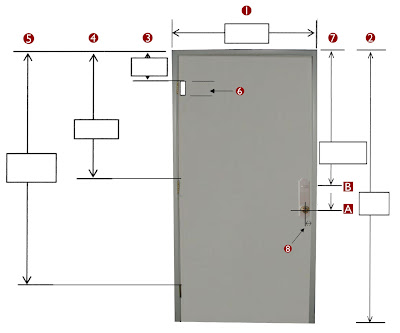
In reviewing the
requirements of the 2009 stimulus tax credit, I decided that I would list the features specifically at work that achieve the requirements necessary. It is combined that these elements lower both the
U-value and
SGHC value.
1. Contemporary Frame MaterialTypically this achieved with a vinyl or fiberglass frame that reduces the heat transfer and performs as a better insulating frame compare to an aluminum frame or old wood windows.
2. Low-emissivity Glass A.K.A Low-E GlassMost windows will come standard with a standard level of Low-E coating. This coating reflects infrared light and harmful ultraviolet light. Together, it keeps your home cooler in the summer, warmer in the winter and protects fading to occur on your furniture. However, in order to qualify for the 2009 tax credit, it will typically require you to upgrade to a higher level of coating. Each manufacturer has a different name for it but the highest level of coating but asking for Low-E 366 normally qualifies you for the tax credit.
3. Dual Panes Or MoreAgain, most windows produce today are dual pane, two layers of glass space slightly apart. Whether it is only empty space or filled with a gas, both out perform single pane windows. Adding gases, for example argon, will add an additional layer of insulation and lowers your U-value and SGHC which increases the performance level of the window.
4. Injecting Gases Between Panes Of Glass
The two common gases used to fill the space of a window are argon and krypton gas. These odorless, colorless, non-toxic gases are typically upgrades but they act as an invisible third barrier between the two panes of glass.
5. Warm Edge TechnologyA warm edge spacer is basically the material between the panes of glass that sets the correct distance apart and more importantly reduce condensation. They come in various forms (steel, foam, fiberglass) with various performance levels. The highest levels, though, slow the rate at which gases dissipate that has been injected between the panes of glass.







